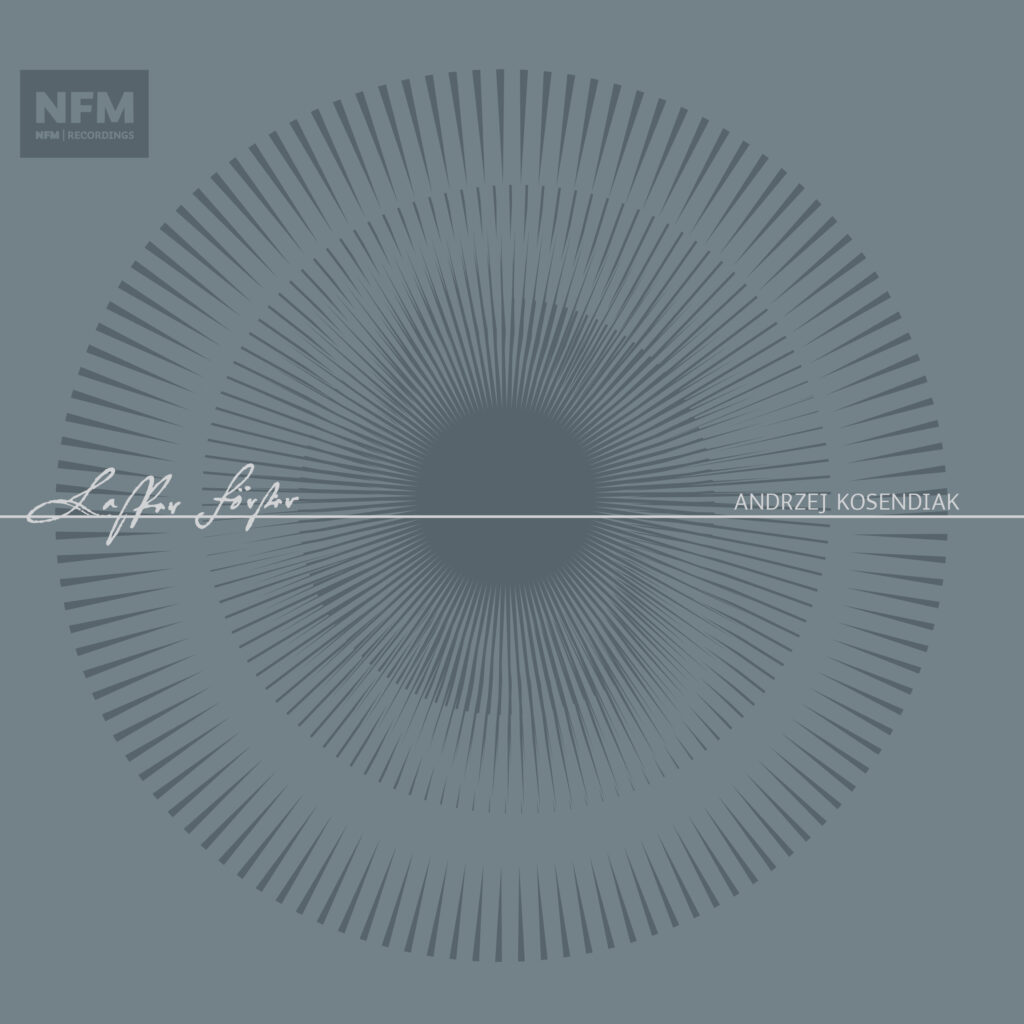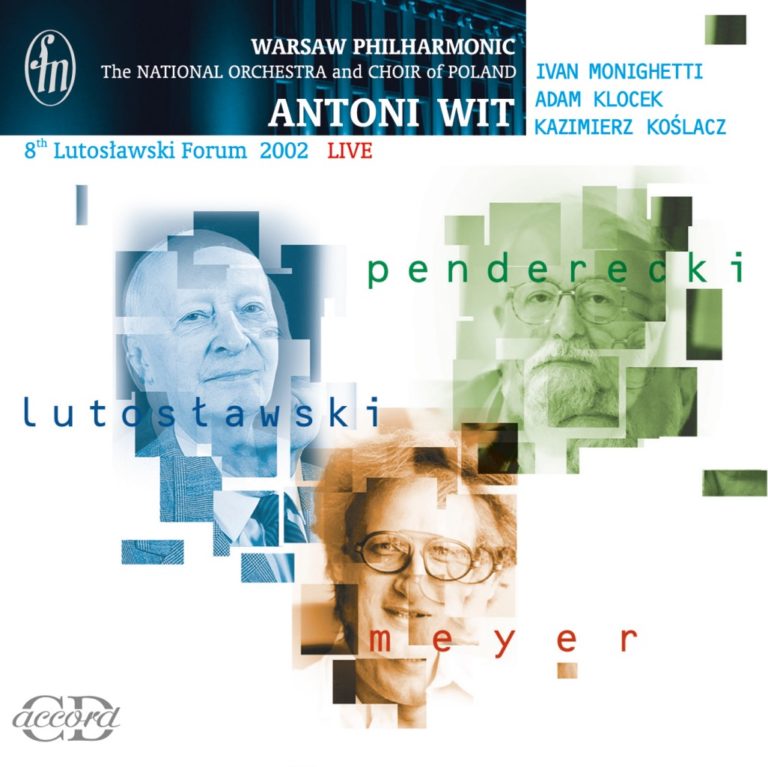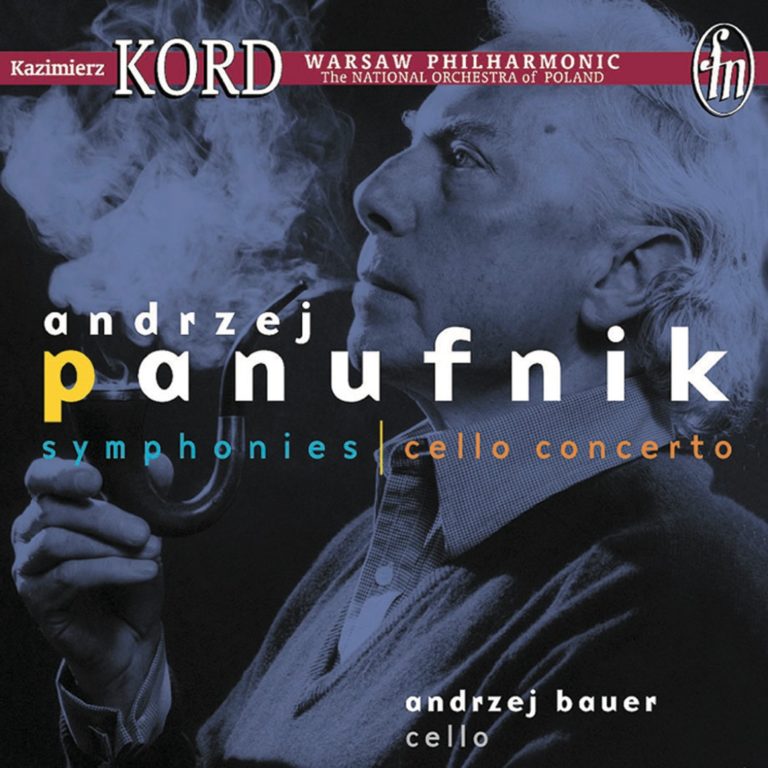
Kaspar Förster Jr – Sacrae cantiones
PERFORMERS:
Andrzej Kosendiak – conductor
Wrocław Baroque Ensemble:
Aldona Bartnik – soprano [3, 5–8, 10, 12]
Aleksandra Turalska – soprano [2–4, 8, 10–12]
Piotr Olech – countertenor [2, 4, 6–7]
Daniel Elgersma – countertenor [1, 5, 7, 11]
Maciej Gocman – tenor [1, 4, 5, 7]
Jaromír Nosek – bass [2, 4–7, 9, 11–12]
Zbigniew Pilch – violin
Mikołaj Zgółka – violin
Anna Nowak-Pokrzywińska – viola
Přemysl Vacek – theorbo
Maximilian Ehrhardt – harp
Julia Karpeta – viola da gamba
Krzysztof Karpeta – violone
Marta Niedźwiecka – chest organ
RELEASE DATE: 09/2023
CATALOGUE NO. ACD 316
GENRE: choral music/vocal ensemble
If we looked at Kaspar Förster Jr from today’s perspective, we could confidently deem him a true European. He came from the royal Gdańsk, and his life was connected with numerous other cities, e.g. Warsaw, Rome, and Copenhagen. He also travelled a lot, so he had an opportunity to meet many great artists of that time, such as Marco Scacchi and Marcin Mielczewski (at the court of Ladislaus IV) or Giacomo Carissimi, who inspired him to compose dramatic works. These contacts, combined with Förster’s outstanding, versatile talent (apart from composing skills, he also had above-average vocal skills) resulted in a unique legacy that reflects the popular stylistic tendencies of the first half of the 17th century. This album contains a dozen or so concertato motets, which we have selected from among the composer’s surviving works. The name of the album, Sacrae cantiones, is also the title of a publication with his compositions published as part of the Fontes Musicae in Polonia series edited by Lars Berglund.
The works that have survived to our times come from various sources and most likely did not form any cycle. All of Förster’s works are distinguished by clarity of form and melodiousness. The concertato motets presented on the album are exquisite, delightful gems. These are very well composed (especially in terms of vocals), small-sized pieces, in which sometimes sophisticated, but still simple means were used. In them, Förster shows himself as an experienced dramatist, as he skilfully uses the means of musical rhetoric to emphasize the emotions arising from the literary text, which at the same time ensures exceptional narrative continuity.
This is another release from the Music of the First Commonwealth series. The works of Kaspar Förster Jr fit perfectly into this series, as they are an important element of the Polish and European music scene of those times. The composer’s work also shows Europe of that time as a cultural and social community, in which Förster could easily cross geographical borders, despite fragmentation and various administrative divisions, finding employment and recognition wherever he appeared.
Andrzej Kosendiak
Kaspar Förster junior
[1] Credo quod redemptor 5’28
for alto, tenor, 2 violins and b.c.
[2] O bone Jesu 8’26
for soprano, alto, bass, 2 violins and b.c.
[3] Celebramus te Jehova* 6’10
for 2 sopranos, 2 violins and b.c.
[4] Peccavi super numerum* 5’44
for soprano, alto, tenor, bass, 2 violins and b.c.
[5] Quanta fecisti Domine* 11’37
for soprano, alto, tenor, bass, 2 violins, viola da gamba and b.c.
[6] Benedicam Dominum* 5’57
for soprano, alto, bass, 2 violins and b.c.
[7] Domine Dominus noster** 8’01
for soprano, 2 altos, tenor, bass, 2 violins, viola, viola da gamba, violone and b.c.
[8] O dulcis Jesu* 4’03
for 2 sopranos and b.c.
[9] Jesu dulcis memoria 6’32
for bass, 2 violins and b.c.
[10] Redemptor Deus* 5’38
for 2 sopranos, 2 violins and b.c.
[11] Intenderunt arcum* 5’08
for soprano, alto, bass and b.c.
[12] Ad arma fideles 4’36
for 2 sopranos, bass and b.c.
Total time:77’22
* World premiere recording
** The original vocal line-up of the work are 2 sopranos, alto, tenor and bass with basso continuo accompaniment and 5 string instruments defined in the sources as violas.

![Read more about the article LutosAir Quintet – 5[+2]](https://cdaccord.com.pl/wp-content/uploads/2022/02/LAQ-52-DIGIPACK-FRONT-768x688.jpg)
